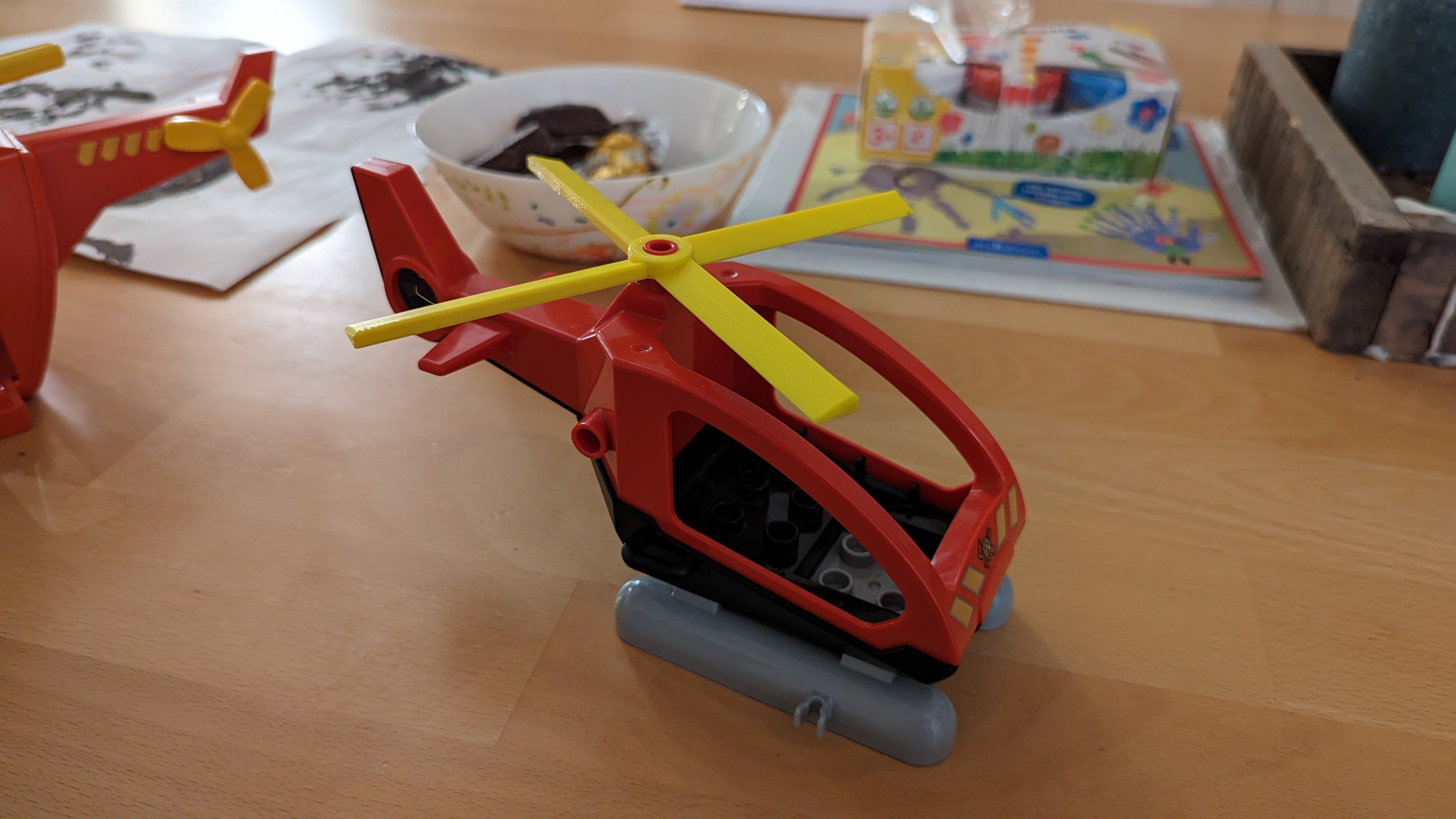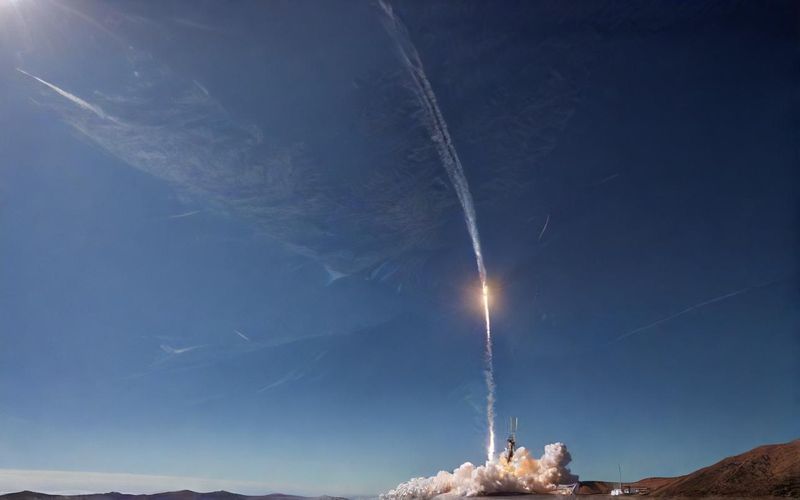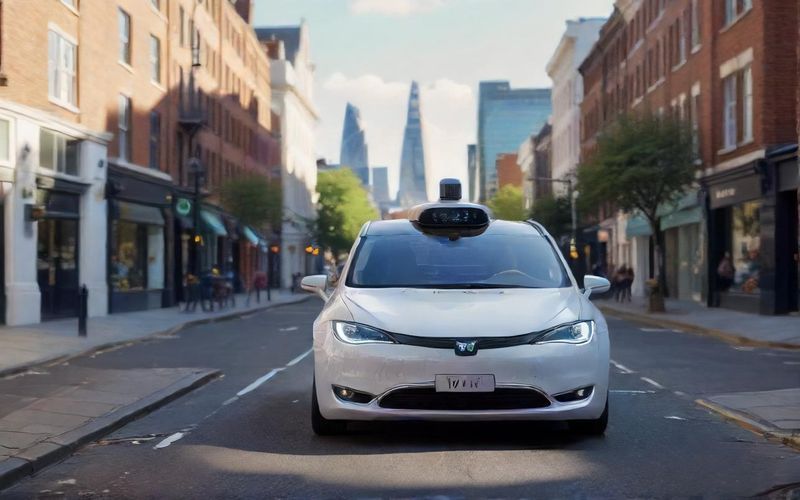Autonomous Firefighting Helicopters Debut in California

California is pioneering the use of autonomous firefighting helicopters, marking a significant advancement in wildfire suppression technology. A recent demonstration in the Mojave River Valley showcased a Sikorsky Black Hawk helicopter, equipped with autonomy systems from Lockheed Martin and wildfire suppression planning software from Rain, successfully locating and extinguishing multiple fires autonomously. The demonstration, a collaborative effort involving Pacific Gas and Electric Company (PG&E), Lockheed Martin, Rain, and fire agencies, highlighted the helicopter's ability to perform complex maneuvers such as locating fires using thermal sensors, navigating to water sources, filling a Bambi Bucket while hovering, and calculating optimal water drop trajectories, all controlled via a tablet interface.
The autonomous system successfully managed various challenges, including 30-knot wind gusts at 3,300ft altitude. San Bernardino County Fire Protection District firefighters participated, creating controlled brush fires for the helicopter to target. The tests involved 24 hours of flight time over two weeks, with observation from representatives of Cal Fire, San Bernardino County Fire District, Orange County Fire Authority, and the US Forest Service. Interoperability was demonstrated through coordinated operations with a crewed Sikorsky S-76 helicopter.
This technology, integrated into a Black Hawk similar to the Cal Fire Firehawks, aims to reduce response times and improve the effectiveness of wildfire suppression. Chief Dan Munsey of the San Bernardino County Fire District emphasized the potential for drastically faster response times – potentially five minutes quicker than manned aircraft – crucial in controlling rapidly spreading wildfires. Max Brodie, CEO of Rain, highlighted the system's ability to autonomously scan for fires using thermal sensors, determine optimal suppression strategies, and account for real-time wind conditions for more accurate water drops than human pilots. Pilot John Rucci noted the system's confidence and high-frequency reactions, exceeding human capabilities.
The autonomous system addresses concerns about pilot workload and safety, referencing a past mid-air collision involving firefighting helicopters. While the technology's widespread implementation is still years away, its development is considered vital in addressing the increasing severity and frequency of wildfires exacerbated by climate change. PG&E's involvement stems from a broader research and development project exploring drone and autonomous technologies for wildfire suppression, funded through the Electric Program Investment Charge (EPIC) program and supported by the XPRIZE Wildfire competition. The initiative reflects a growing commitment to technological innovation in combating California's wildfire crisis.









